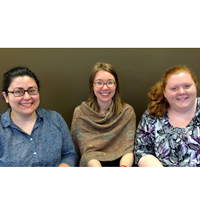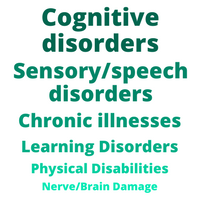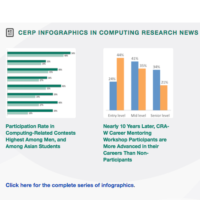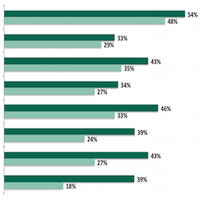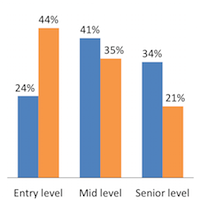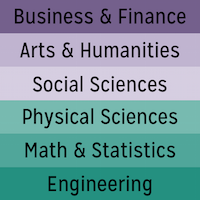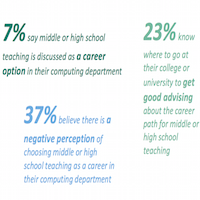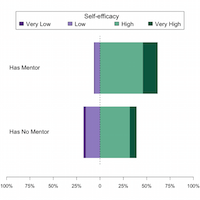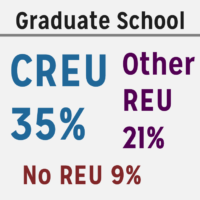
More CREU Students Attend Graduate School Compared to Other REU Students
This infographic compares post-graduation plans of undergraduate students with different REU (Research Experience for Undergraduates) experiences using CERP’s annual spring survey for graduating students. Specifically, CRA-W/CDC Alliance’s Collaborative Research Experiences for Undergraduates (CREU) participants, students who participated in other REUs, and students with no REU experience were compared in terms of whether they were attending graduate school (Master’s or Ph.D.) in the upcoming fall semester. The students included in this analysis are men from racial/ethnic groups who are underrepresented in computing and women because the CREU program is targeted specifically toward these students. Approximately the same number of women and men are in all three groups.


